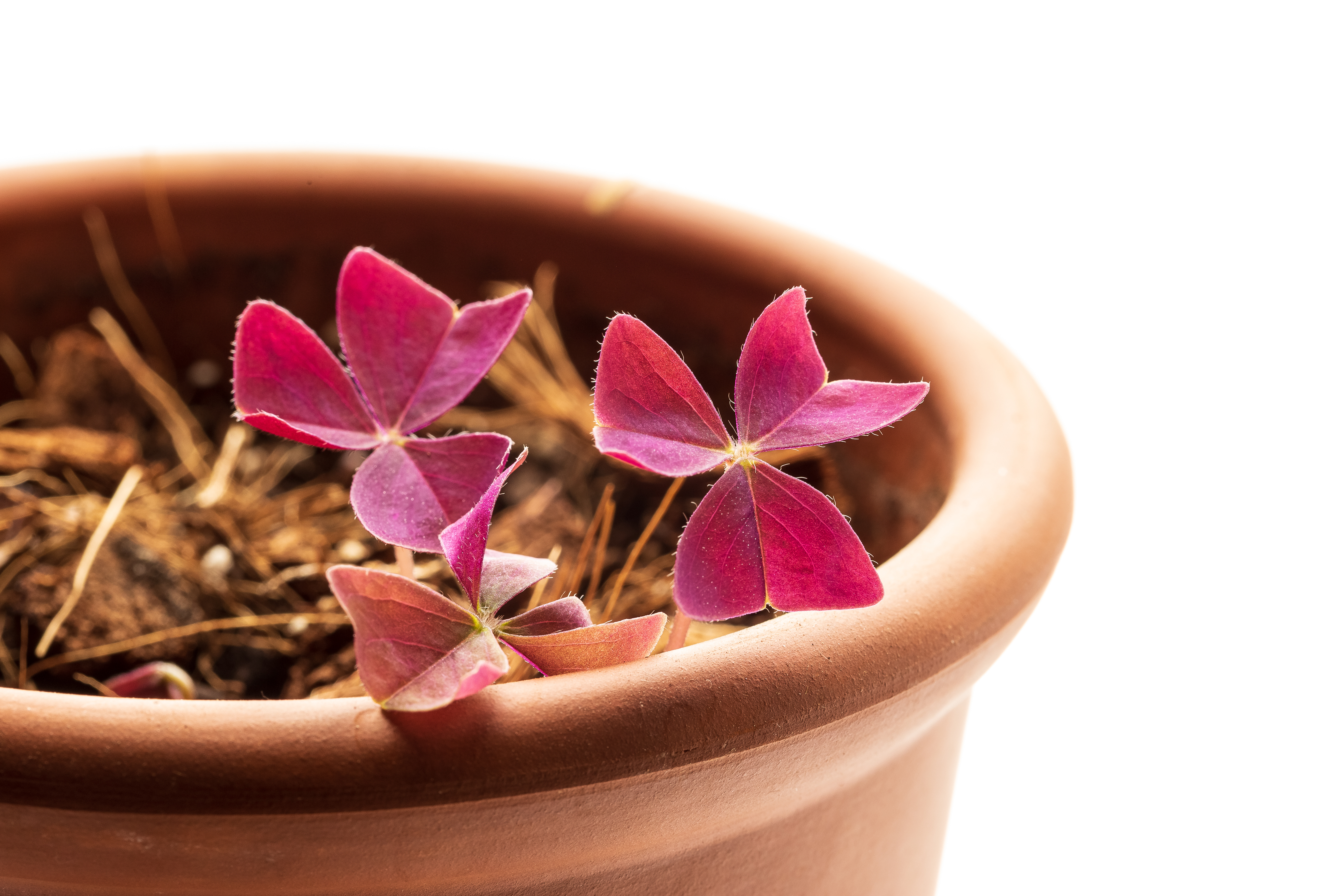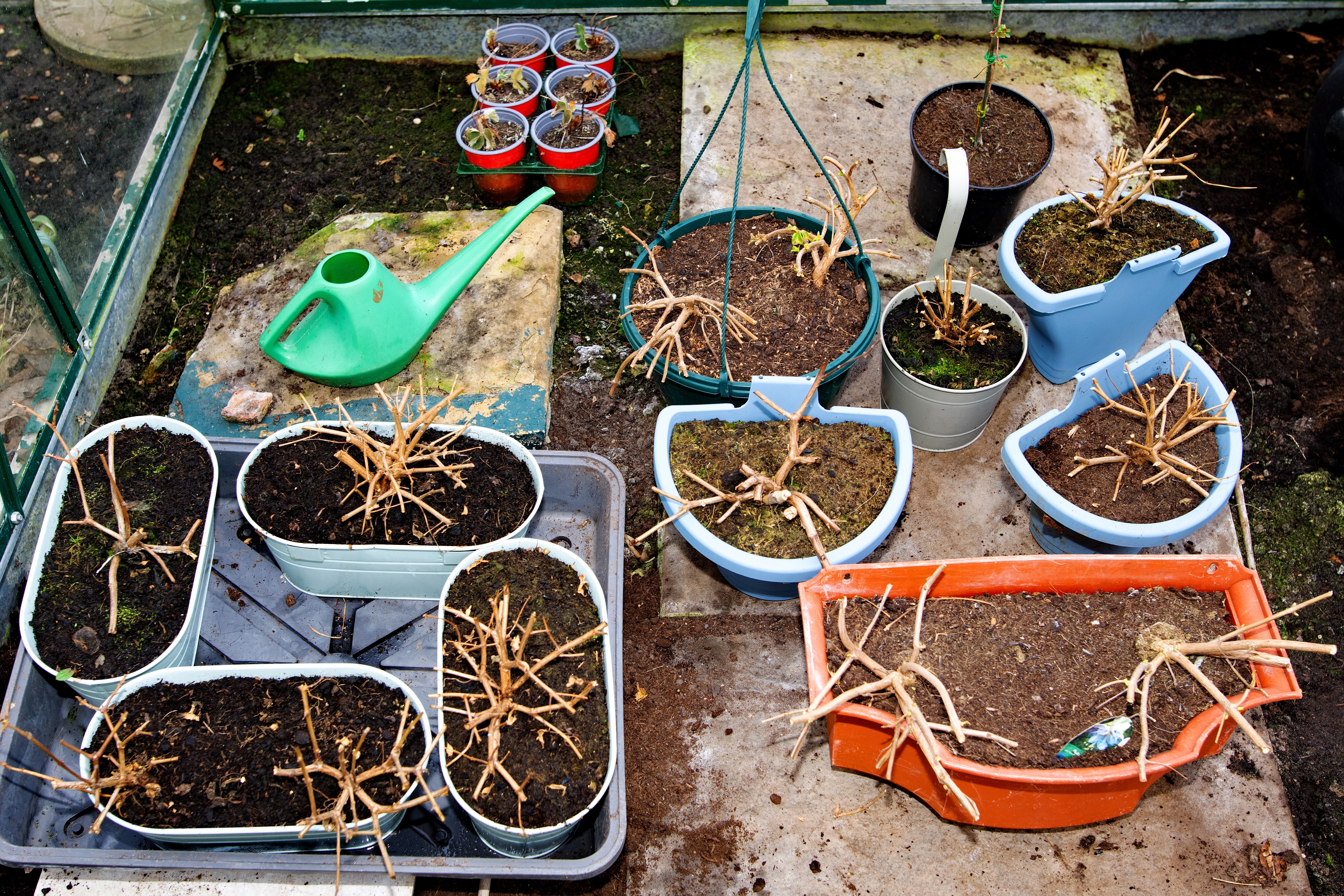Why is it wilting and loosing leaves?
It's alarming to see a plant suddenly losing leaves or wilting. In many cases this can be a sign of ill health, but it might also just mean the plant is starting to go dormant. Knowing your plant's specific seasonal needs can help you determine if your plant is entering dormancy.
Symptoms
Slowed or halted growth
Yellowing of leaves before dropping or drying on the plant
Branches remain robust and don't shrivel or feel hollow after leaf drop

What to do now
For temperate plants that overwinter outdoors
Bury the pot in a leaf pile, or in the ground through the winter. Add extra protection by mulching the surface
Insulate the pot with burlap and place it against a wall or some other sheltered spot
Reduce watering when temperatures begin to cool and days shorter
Plants that are supposed to be hardy in your zone might still get damage from winter conditions and hard freezes.
For non-hardy plants that need cooler winter dormancy
Information about your plant's winter needs can be found in the info tab
Evergreen plants generally require ample light even during dormancy
Deciduous plants can overwinter in darker areas
Reduce watering to prevent root rot during the dormant period.
There are many plants that need a cooler period during the winter but can't handle frost or low outdoor temperatures.
For tropical plants that require dormancy
Place the caudex, tuber, rhizomes or corms in an area of room temperature and stop watering almost completely. Many caudexes are then woken up in spring by carefully watering them
Plants that die down to the soil line can be kept in dark areas while caudexes and tubers planted above the soil line should be kept in a bright spot
Before restarting them in spring, plants that produce a number of new corms or rhizomes each season should be separated to avoid crowding
Species with smaller rhizomes and tubers can be harvested in autumn and placed in zip-lock bags with vermiculite. Be careful to check on them now and then so that there's no moisture trapped in the bag as it might lead to rot.
Tropical houseplants with a natural dormancy period due to drought typically don't require forced dormancy; the plant itself determines this need. For those that don't naturally go dormant, the winter presents an opportune time to allow dormancy by gradually reducing watering. This is especially effective as the weaker light and shorter days align with the plant's natural rhythms.

Common questions
Why has my plant lost its leaves?
As the season changes, your plant will enter a dormant period to preserve energy. Deciduous trees and bushes lose their foliage during the autumn, leaving only bare branches. Deciduous perennials die down to the soil surface and spend the winter resting as thick roots, rhizomes, bulbs or corms.
How long does dormancy last?
The duration of dormancy varies among plants and can last from a few weeks to several months, depending on the species.
Can I repot my plant during dormancy?
It's generally best to avoid repotting during dormancy, as plants are less actively growing, and the stress of repotting may impact their recovery.